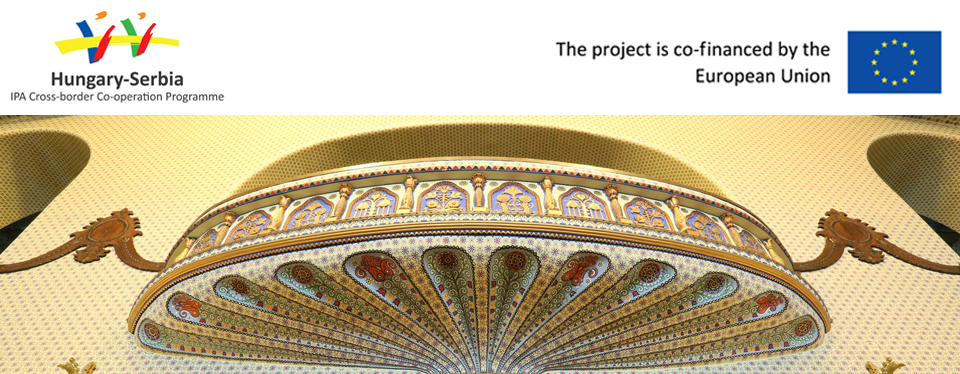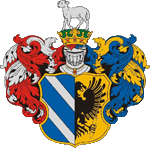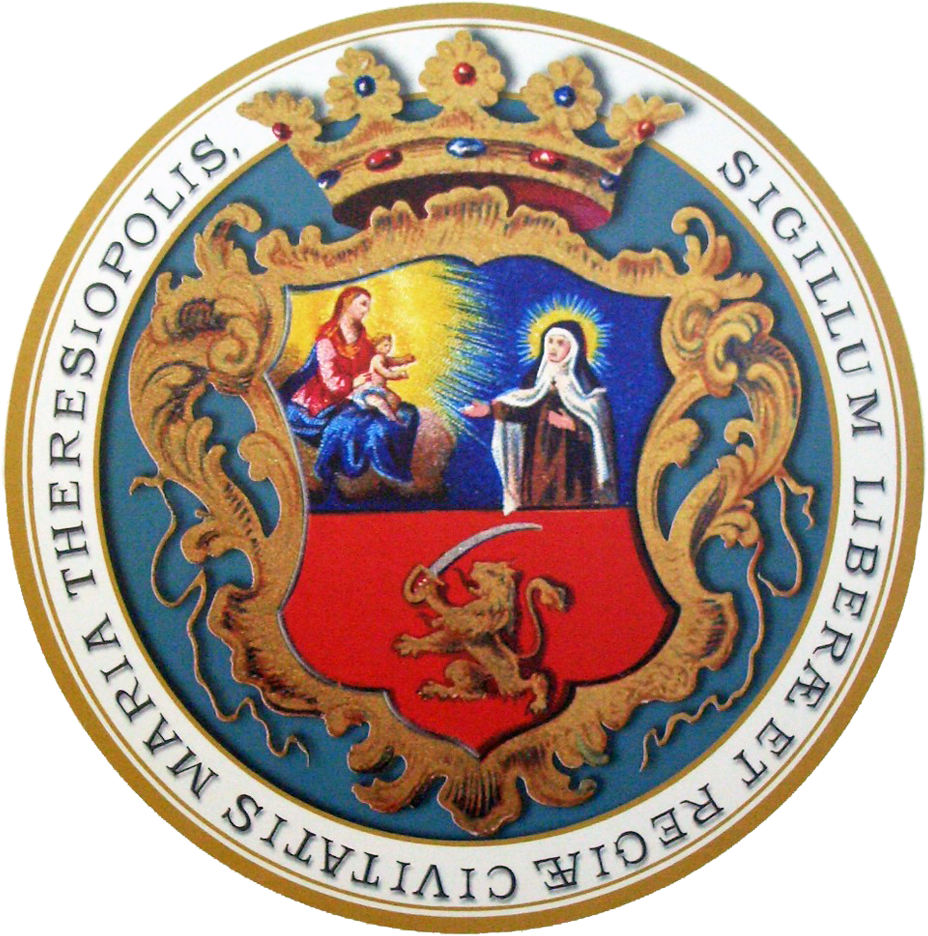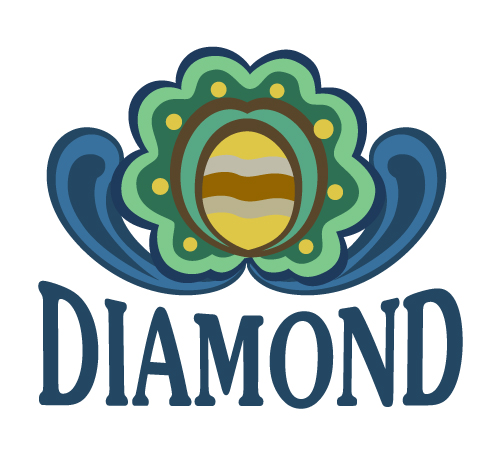| Name of the building | Appartemant House / Iron House |
| Current name | same |
| Town, location | 8 Takaréktár Street – 9 Horváth Mihály Street, Szeged |
| GPS coordinates | N 46° 15′ 18.20″, E 20° 9′ 0.37″ |
| Date of construction | 1912–1913 |
| Stylistical characteristics | Historical Art Nouveau |
|
Architect Builder Contractor |
Lipót Baumhorn (1860–1932) The Szeged-Csongrád Savings Bank commissioned it as an apartment building. György Kónya made the wrought iron works. |
| Monument classification | It is under local protection as a listed building. |
| The original function of the building, changes
Throughout its history, its function has not changed. Its architectural ornaments, staircase formation and glass windows have been preserved. In its corner room on the ground floor, now the Széchenyi Pharmacy is located, which was originally founded in 1834 as the Leinzinger Pharmacy. The ground floor portals were replaced with metal doors, which are not in harmony with the style and lack a true character. |
|
| Description and qualities of the building | |
|
The Iron House was given its name after its spectacular shape. Looking from a distance at its facade sectioned by the strikingly marvellous, masterly executed corner pinnacle, ledges and bay windows, we may suppose that it is a historic monument. In the capitals of the ground floor pilasters, we can find truly genuine Art Nouveau architectural ornaments executed carefully and decorated with red copper embossing. In the details of the building, the multifarious attributes of the Art Nouveau style reveal themselves. The entrance iron gate and the variedly patterned iron railings of the balconies are remarkable wrought iron works. The red copper ornamental lamp marking the main gate functions as a stylistically shaped front decoration. The stylish interior of the pharmacy situated on the corner also fits in with the character of the building. Further Art Nouveau gems are the sculptural architectural decorations: the comic heads, the carved column heads adorned with ornamental foliage in complicated patterns and the stylized decorations appearing at the most unusual places in the architectural divisions. With its awe-inspiring sight and unique milieu, this building demonstrates what high standard skills were in service of the new style having arrived in Szeged at the turn of the century. |
|
| References
Csongrád megye építészeti emlékei, Szerk., Tóth Ferenc, Szeged, 2000,O. Csegezi Mónika szócikke |
|
Map of Szeged >>










